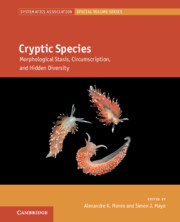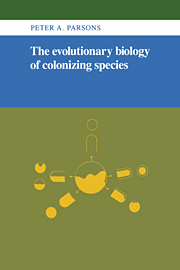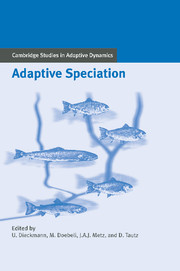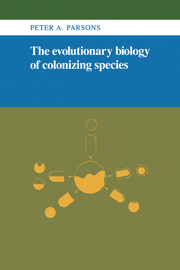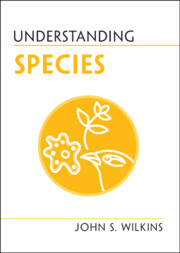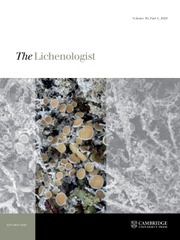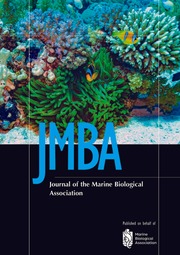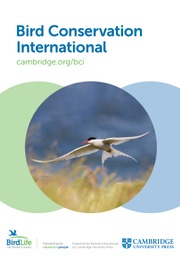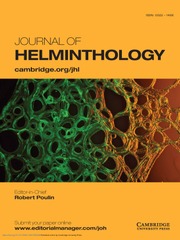Cryptic Species
Cryptic species are organisms which look identical, but which represent distinct evolutionary lineages. They are an emerging trend in organismal biology across all groups, from flatworms, insects, amphibians, primates, to vascular plants. This book critically evaluates the phenomenon of cryptic species and demonstrates how they can play a valuable role in improving our understanding of evolution, in particular of morphological stasis. It also explores how the recognition of cryptic species is intrinsically linked to the so-called 'species problem', the lack of a unifying species concept in biology, and suggests alternative approaches. Bringing together a range of perspectives from practicing taxonomists, the book presents case studies of cryptic species across a range of animal and plant groups. It will be an invaluable text for all biologists interested in species and their delimitation, definition, and purpose, including undergraduate and graduate students and researchers.
- Provides a theoretical and practical perspective to cryptic species, encouraging readers to consider weaknesses in the definition and delimitation of species
- Proposes morphological stasis as the evolutionary process which give cryptic species an important role in the study of evolution
- Presents case studies of cryptic species across a broad range of animal and plant groups, offering readers practical examples of how cryptic species are identified and treated within the taxonomic community
Reviews & endorsements
‘This is rewarding reading for evolutionary biologists and geneticists, and perhaps also for philosophers … Recommended.' M. Gochfeld, Choice
Product details
August 2022Adobe eBook Reader
9781009083928
0 pages
75 b/w illus.
This ISBN is for an eBook version which is distributed on our behalf by a third party.
Table of Contents
- List of Contributors
- 1. Introduction Alexandre K. Monro
- 2. Cryptic species: A product of the paradigm difference between taxonomic and evolutionary species Simon J. Mayo
- 3. Species circumscription in cryptic clades: A Nihilist's view Richard M. Bateman
- 4. Multilevel organismal diversity in an ontogenetic framework as a solution for the species concept Alexander Martynov and Tatiana Korshunova
- 5. Diagnosability and cryptic nodes in Angiosperms: A case study from Ipomoea Pablo Muñoz-Rodríguez, John. R. I. Wood and Robert W. Scotland
- 6. Connecting micro- and macro-evolutionary research – extant cryptic species as systems to understand macro-evolutionary stasis Torsten H. Struck and José Cerca
- 7. Coexisting cryptic species as a model system in integrative taxonomy Cene Fišer and Klemen Koselj
- 8. Non-monophyletic species are common in plants: An ecological evolutionary perspective Matt Lavin and R. Toby Pennington
- 9. Guerrilla taxonomy and discriminating cryptic species – is quick also dirty? Paul H. Williams
- 10. Cryptic lineages among Seychelles herpetofauna Jim Labisko, Simon T. Maddock, Sara Rocha, David J. Gower
- 11. Cryptic diversity in European terrestrial flatworms of the genus Microplana (Platyhelminthes, Tricladida, Geoplanidae) Marta Álvarez-Presas, Eduardo Mateos, Ronald Sluys and Marta Riutort.

